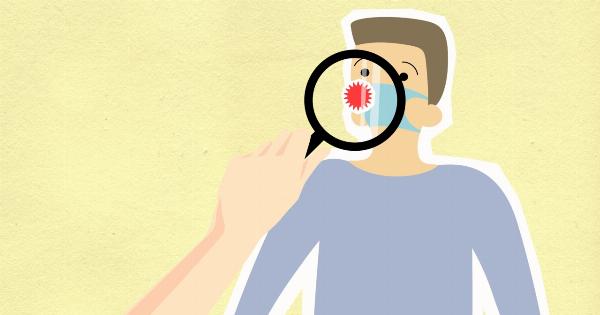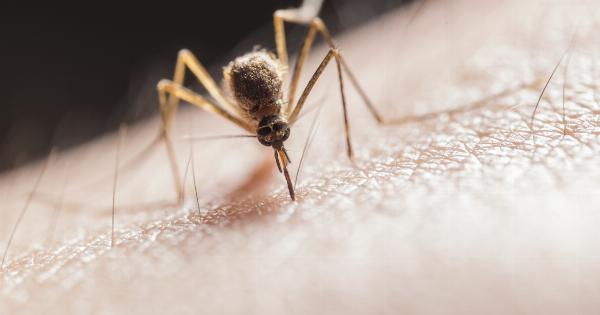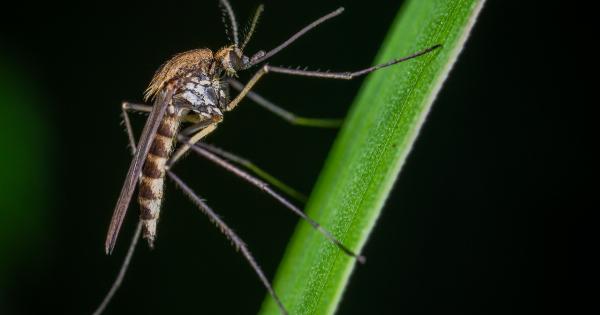As the world continues to grapple with the COVID-19 pandemic, another health crisis is slowly unfolding in western regions of the United States.
This time it’s the West Nile virus (WNV), which has reported more than 1900 cases and four deaths in the initial months of 2021.
What is the West Nile Virus?
The West Nile virus is a viral infection that primarily affects birds but can also be transmitted to humans via mosquito bites.
The virus is endemic to Africa, Asia, Australia, and the Middle East, but it was first detected in the United States in the late 1990s. Since then, the virus has spread throughout the country and has become an annual occurrence in many states.
How is the virus transmitted?
The virus is spread to humans through a mosquito bite. Mosquitoes become infected when they feed on infected birds and then transmit the virus to humans, animals, or other birds when they bite.
It is important to note that the virus cannot be transmitted through person-to-person contact or through contact with animals or birds.
What are the symptoms of the West Nile virus?
In most cases, people infected with the West Nile virus will not experience any symptoms. However, in some cases, they may develop symptoms such as fever, headache, body aches, joint pains, vomiting, diarrhea, or rash.
In rare and severe cases, the virus can cause meningitis, encephalitis, or paralysis, and can even be fatal.
Who is at risk of contracting the virus?
Anyone who lives or works in an area where the virus is present is at risk of getting infected.
However, some people are at higher risk than others, including older adults, people with weakened immune systems, and people who spend a lot of time outdoors or in areas where mosquitoes are present.
Prevention of West Nile virus
There is no cure or vaccine for the West Nile virus, so prevention is the best approach. Here are some steps that can be taken to reduce the risk of getting infected:.
- Use insect repellent that contains DEET, picaridin, IR3535, or oil of lemon eucalyptus on exposed skin and clothing when outdoors.
- Wear long-sleeved shirts and pants when outdoors, particularly during dawn and dusk when mosquitoes are most active.
- Eliminate standing water from areas around the home, as this is where mosquitoes lay their eggs. This includes emptying flower pots, buckets, and birdbaths.
- Install and repair screens on windows and doors to keep mosquitoes out of the home.
How is the virus diagnosed and treated?
Diagnosis of the virus is done through a blood test or a spinal tap. There is no specific treatment for the West Nile virus, so treatment is focused on relieving symptoms.
This may include getting plenty of rest, drinking fluids to prevent dehydration, taking over-the-counter pain relievers, or in severe cases, hospitalization.
Current situation in western regions of the United States
The West Nile virus has been reported in many states in the western region of the United States, including Arizona, California, Colorado, Idaho, Nevada, New Mexico, Texas, Utah, and Washington.
The Centers for Disease Control and Prevention (CDC) has reported more than 1900 cases and four deaths related to the virus in those states in 2021.
Conclusion
The West Nile virus is a serious health concern that deserves attention, especially in regions where it is present.
By taking precautions and following the steps outlined for prevention, individuals can greatly reduce their risk of getting infected with the virus. Anyone who develops symptoms of the West Nile virus should seek medical attention immediately.



























